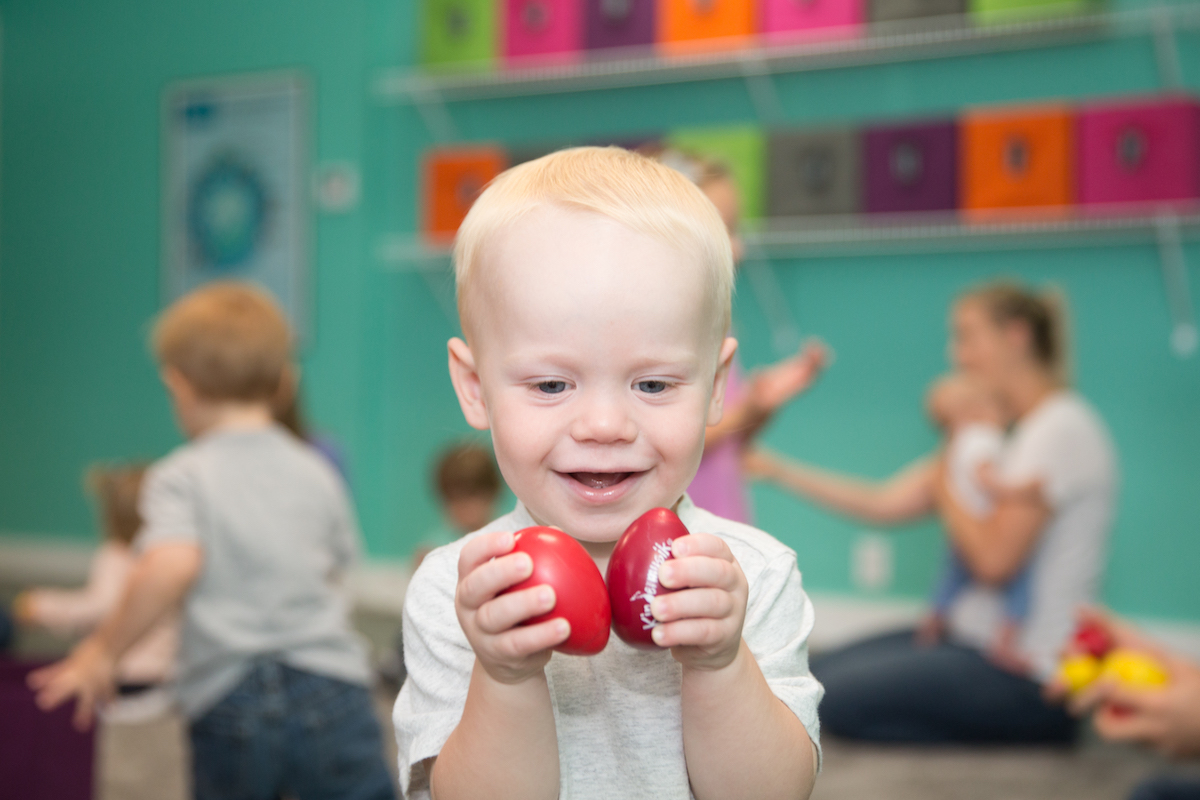 You know that thing that makes you want to rock, sway, clap, or tap to the music? That’s STEADY BEAT – the ongoing, repetitive pulse that occurs in songs, chants, and rhymes.
You know that thing that makes you want to rock, sway, clap, or tap to the music? That’s STEADY BEAT – the ongoing, repetitive pulse that occurs in songs, chants, and rhymes.
But it’s more than just an ideal skill for dance or instrument lessons. Steady beat is a critical aspect of early childhood development that affects everything from walking, to reading, to dribbling a basketball.
Even in-utero, babies respond to the steady beat of their mother’s heart or the songs she sings. Starting at two years old, you can begin to assess whether or not a child can internalize steady beat in an age-appropriate way, or whether they need more practice in order to fuel success in school and beyond.
First, let’s look at the science behind steady beat and its practical benefits.
4 Ways Steady Beat Fuels Development
- Cognitive Development: Engaging with steady beat helps children develop important cognitive skills such as pattern recognition, memory, and attention. These are great stepping stones to learning to count and memorizing sight words.
- Language and Literacy: A strong sense of rhythm has been linked to improved language development and literacy skills. The rhythmic patterns of music mirror the patterns of language, helping children enhance their phonological awareness—a key predictor of early reading success. In fact, a study conducted by Northwestern University suggests that preschoolers between ages 3 and 4 who can demonstrate beat synchronization show stronger reading preparedness.
- Motor Skills: Keeping a steady beat requires control which, in turn, supports the development of fine and gross motor skills. Activities like tapping egg shakers together build hand strength and precision (hello, handwriting!), while circle dances increase whole-body coordination (think: balance and safety).
- Social-Emotional Benefits: Group musical play often requires moving and grooving in sync, which supports early social skills like cooperation, turn-taking, and empathy. Building these relationship foundations early is directly linked to positive academic and general growth.
As you can see there are a lot of benefits to be had from fostering the development of steady beat in a child. Soon we’ll explore how you can assess your child’s steady beat skill and how to increase their ability. In the mean time, keep making music!
*Reposted in part from Kindermusik International

